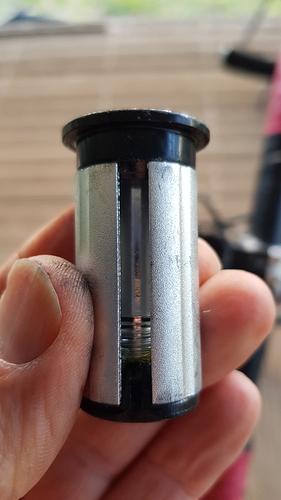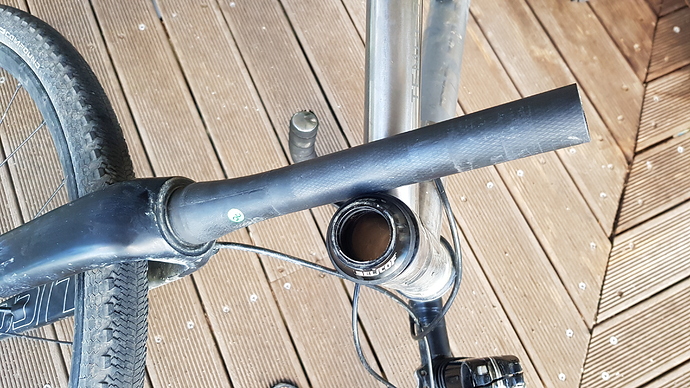Thank you for clarifying.
The link in my post above could be considered more independent
CyclingTips began life in September 2008 as a simple daily blog written by Wade Wallace. The aim of the blog was to collect and publish all of the little cycling tips Wade accumulated over years of riding and racing around the world with the aim of reducing the barrier to entry of the sport. Over the years the site has grown in size and scope and Wade has been joined by several staff members.
and states:
FAITH IN CARBON FIBRE
Carbon composites and manufacturing methods have evolved considerably since the mid-‘80s and independent testing has consistently demonstrated superior fatigue resistance for the material. “The fatigue tests that we run here are almost a matter of going through the motions,” said Chuck Texiera, a senior engineer at Specialized. “We just about never see a failure or fatigue. Once you hit expected ultimate strength, the fatigue is like a gimme. If you subjected any type of metal frame — including titanium — to the same total cycles, typically they would not withstand it. It’s quite amazing.”
This seems to be very different to that indicated above and from a source which has a vested interest in promoting failure risks.
As outlined above…


